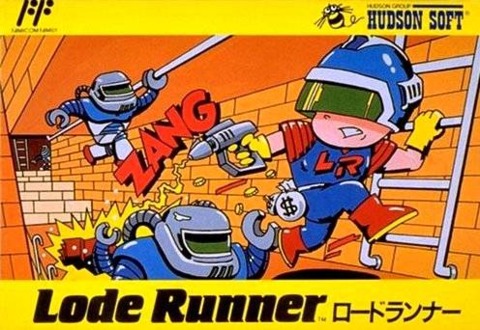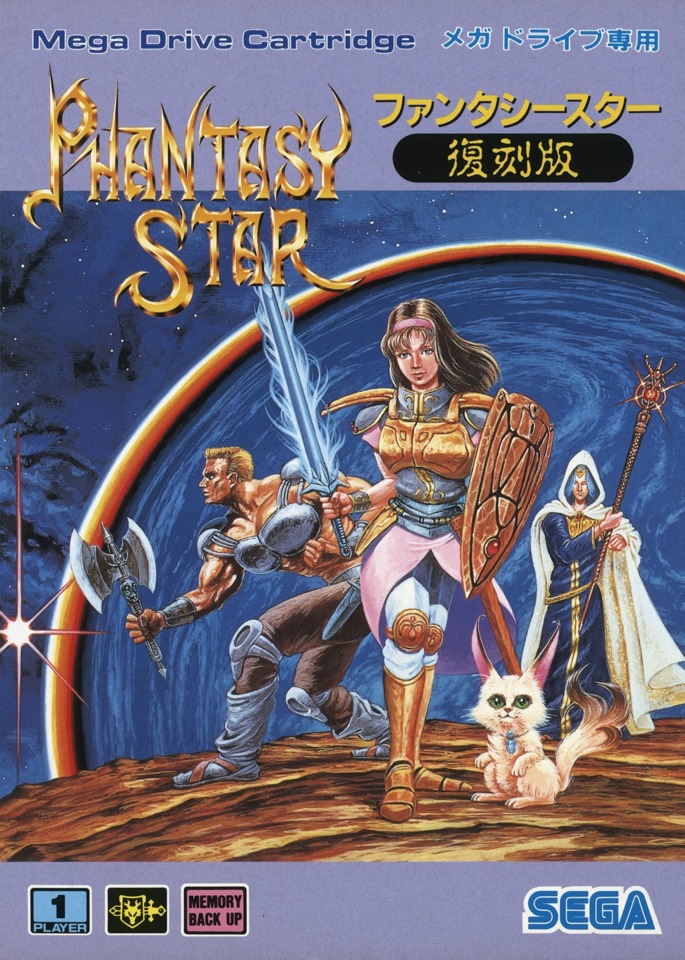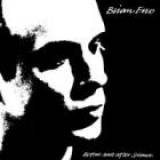HuCARTography: Year I Round Up
By jeffrud 4 Comments
In the mid-1980s, software developer Hudson approached platform holder Nintendo with what amounted to a hardware pitch. This hardware would have amounted to a sort of Famicom++, allowing for richer aural and visual experiences than what had been hitherto accomplished on said platform. This proposal was ultimately rejected. However, a certain Japanese electronics company which had already carved out a niche in the domestic home computer market would be far more receptive to this design. And so, here we are. We’ve come to the end of 1987, the first year where a person could reasonably expect to purchase a PC Engine. What with it existing and all.
I thought I’d take the chance to write a very simple blog post here to pad out the run time look back on this first year and consider the position of the platform and its library. As mentioned in the first game-centric post of the series, the system seems to have sold in the ballpark of half a million units in its first weeks or months. It was in this early period of the system’s existence where it appears to have been outpacing the Famicom in raw sales in Japan. As far as I’m concerned, that speaks much more to the reception of NEC’s advertising and Hudson’s developer credibility than the actual library of games available in these first few months.
First order of business, a quick racking and stacking of 1987’s PC Engine offerings from worst to best.
5. J.J & Jeff tafka Kato-chan & Ken-chan
A dodgy early platformer that owes a great deal to Super Mario Bros. in basic mechanics. A couple decent tunes notwithstanding, spending time with this game is generally not fun. It’s not even the most notable scatalogically inclined game on the system. In the immortal words of Michael Rosen, “Waste of money.”
4. China Warrior/THE Kung Fu

There is a small gulf in quality between these two games. China Warrior has a pleasant energy, and for my money the first good music composed for the system. It also has a caps lock THE in the Japanese title, which accidentally invokes the incredible Simple 1500 Series name scheme that was but a twinkle in the video game industry’s eye at this point. Alas, the game is Spartan X but Slightly Worse, except for the Boss Fights which are Simply Worse.
2b. Shanghai
I feel a bit embarrassed about this one, but fuck it. I like Shanghai. I’ve played hundreds of hours of different conversions of this puzzle game, and have put in some time with this one as well. It has fifty different tile sets and a few different music tracks, which is good because the first one will cause Psychic Damage after a few minutes.
2a. Bikkuriman Man tafka Wonder Boy in Monster Land
I am going to put these two in a tie for second (and third?). Bikkuriman Man is the second Wonder Boy game but reskinned for a treat that came with a collectible item that was so insidious in nature that the Japanese government had a gander at just wha the fuck was causing all those school yard fights. I’ll forever find this funny. As to the game, it has the notable concession of a continue code and that makes this take on Wonder Boy II: Monster Land in the Boy: THE BikkurimanBoy probably the most user-friendliest way to play the game today. The SMS version is brutal. Too bad the redrawn sprites are entirely absent the charm of the original game.
1. Victory Run

It’s like OutRun, which reminds me of Sega, but it’s a rally game, which also reminds me of Sega. It also has listenable driving music, which again is a Sega thing. Basically this game has played an incredible trick on the author, but I’ll allow it because I have been enjoying this game for a few years now and situating it in this launch year only increases my estimation of it. There’s a reason this game is released everywhere PCE/TG16 games get reissued, and it’s not just because Konami owns it outright.
******
Second, I’d like to have a brief gander at what else Hudson was doing around this time.
Nintendo President Yamauchi Hiroshi was fond of the notion of three year fads. In his estimation, Japanese society seized on new fads and friends for about three years time before dropping them like so many sacks of moldy tangerines. Was this based on his decades helming a toy company? Was this just conjecture? Who knows! But it did inform his company’s decision making in any event.
To that end, Nintendo launched the Famicom Disk System in 1986. This add on was meant to supplement the capabilities of the then three year old Famicom base system, in part, but also to allow for a larger, cheaper storage format to be used by developers in releasing games. As it turned out, evolution in microchip technology and economies of scale would allow Famicom and NES games to eclipse the hard limit of FDS game size right around the time the platform launched. Some developers soldiered on in support of the Disk System, most notably Nintendo itself. Others, including as it turned out Hudson, never adopted the platform. Their only release on the system, Bomberman, was a quick conversion of the FC game to disk format in 1990.
Incidentally Namco wound up doing the same thing around the same time with six of their back catalog releases. Namco’s relationship with Nintendo at the time was certainly spicy, and I can’t imagine Hudson straight up launching a competing platform hand in hand with a major technology company and outselling Nintendo in their home territory for a few months endeared them to the famously uncongenial Yamauchi either.

Hudson had been the first third party on the platform, and their port of Lode Runner was the first runaway success in the system’s history. The Famicom was entrenched enough in Japan that Hudson never really stopped supporting the system. In fact, they released six games on the system in 1987 and another three the year after. The company’s first role playing game, Momotaru Densetsu, released on the Famicom four days before the launch of the PC Engine. Faxanadu, their conversion/reworking of Falcom’s Xanadu, landed between Shanghai and THE Kung Fu. The releases would continue on the Famicom, even as both it and the PC Engine’s commercial lives came to a close. Indeed Hudson would send the Famicom into its long official night with its final Japanese retail release, Takahashi Meijin no Boken Jima IV. If you have to ask, yes that is in fact another Wonder Boy game.
But that’s in distant 1994, and we’re talking 1987 still. In that bold spirit let’s have a quick look at what the competition to the PC Engine was doing for The Holiday Period of that year.
On the Famicom, the biggest releases against the PC Engine’s first five titles include Hudson’s own Faxanadu for a start. From 30 October to 31 December the Famicom also received Capcom’s Mega Man (in Rockman form), Square’s Final Fantasy I, Konami’s port of Metal Gear from the MSX, and Nintendo’s Punch-Out!!. The latter never really had the same glowing reputation in Japan if I recall, but it is notable for being one of the scant few cartridge releases by Nintendo between the release of the Disk System and the launch of Super Mario Bros. 3.
As for the Disk System, things have already started to slow down a bit by late 1987. Taito’s Bubble Bobble launched for the platform day and date with the PC Engine, and as this never got a cartridge release it was the only way to play Bubble Bobble natively on the Famicom. Everything else falls into the Unlocalised Obscurities pile.

The Japanese Master System/Mark III’s commercial life was a rocky one, and in some sense the PC Engine executed it twice. Firstly, it cemented NEC as the de facto second player in the domestic console space. Secondly, and this is a pet theory, it probably lit a fire under Sega’s ass to upgrade their home console technology if they wanted to not wind up completely routed at home or abroad. In any event, there were seven SMS games released in Japan in this period and while most of them are not all that highly regarded, one of those releases was Phantasy Star. That game, is a fucking game. The recent Switch release even makes it playable! Not a lot of Master System games got converted to a Mega Drive cartridge in Japan; in fact, only one of them did, and it was this one, because dang it people liked Phantasy Star over there.
As for Atari, I can’t speak to how much presence either the 2600 or 7800 had in Japan by late 1987 but let’s say, for the sake of argument, that presence was “measurable in micrograms”. Desert Falcon is the most notable game released for the 2600 in 1987 – allegedly. This also tacitly admits that Atari was inexplicably still supporting a 1977 platform in 1987, while also failing to sell a 1984 platform – the 7800, after releasing it in 1986. Atari Stuff! As for the 7800, I like that version of Joust. Food Fight is also pretty good. Basically if you liked dated arcade experiences that were good for a half hour or so, the 7800 had those and only those.
So, fully situated then, the PC Engine’s game competition for its first few months of life were the worst Mega Man game on the Famicom, a port of Metal Gear literally missing the Metal Gear, and two foundational Japanese role playing games. Phantasy Star and Final Fantasy I are two rich role playing experiences, the sort of which the PC Engine allegedly wanted for throughout its life. That’s certainly not a neat little setup for anything.
